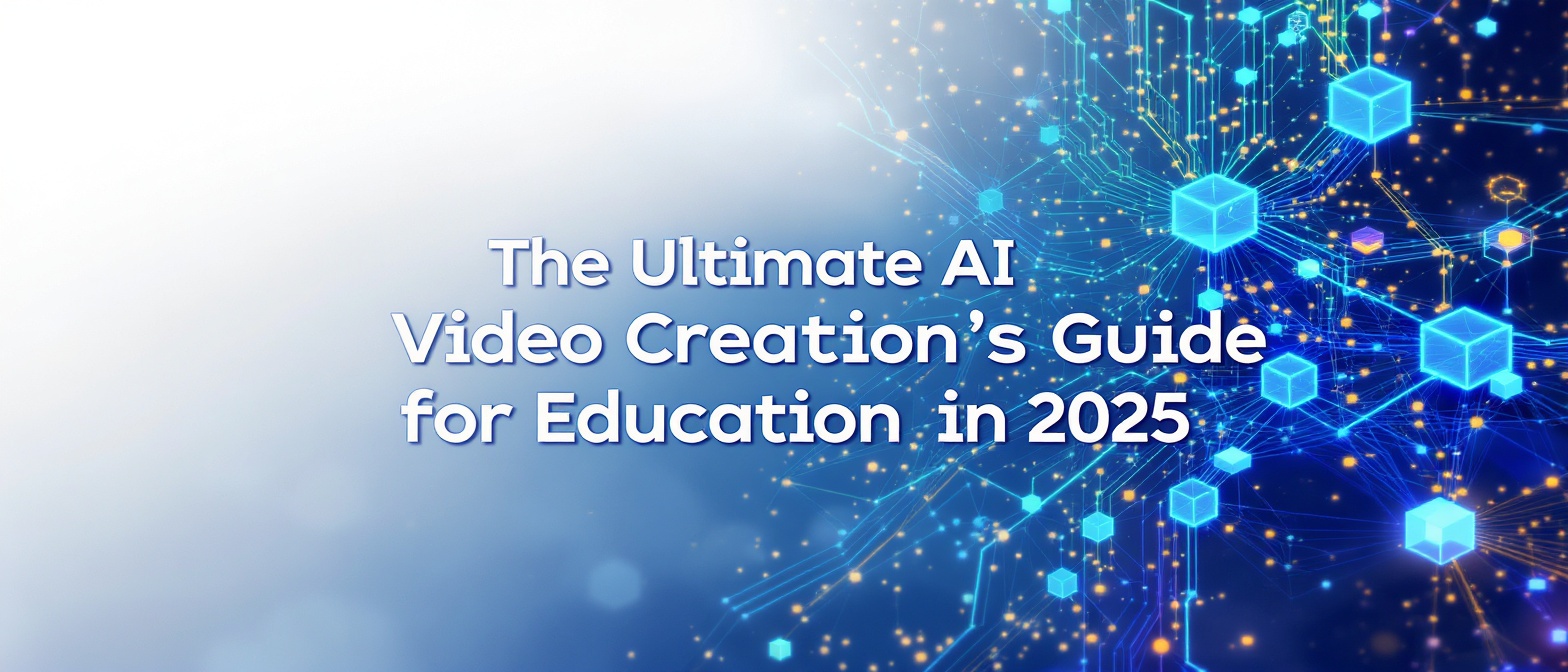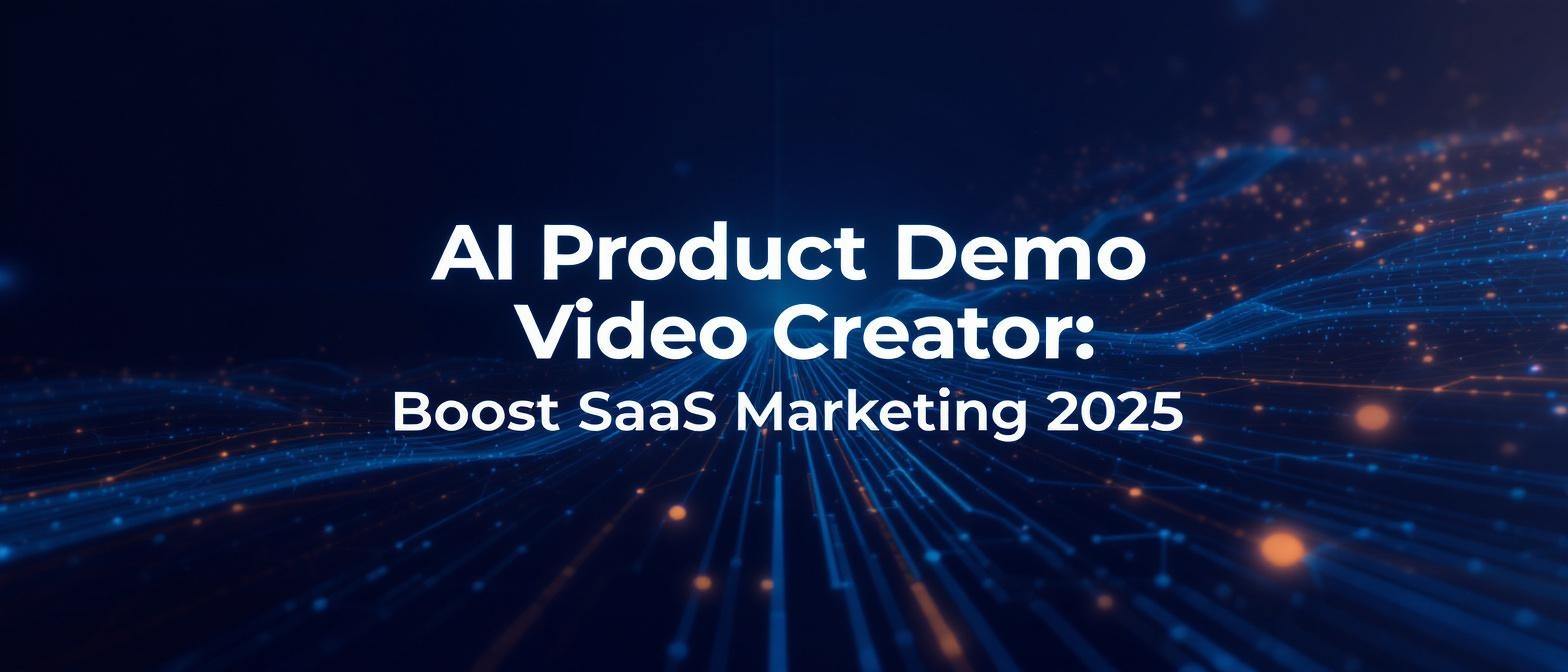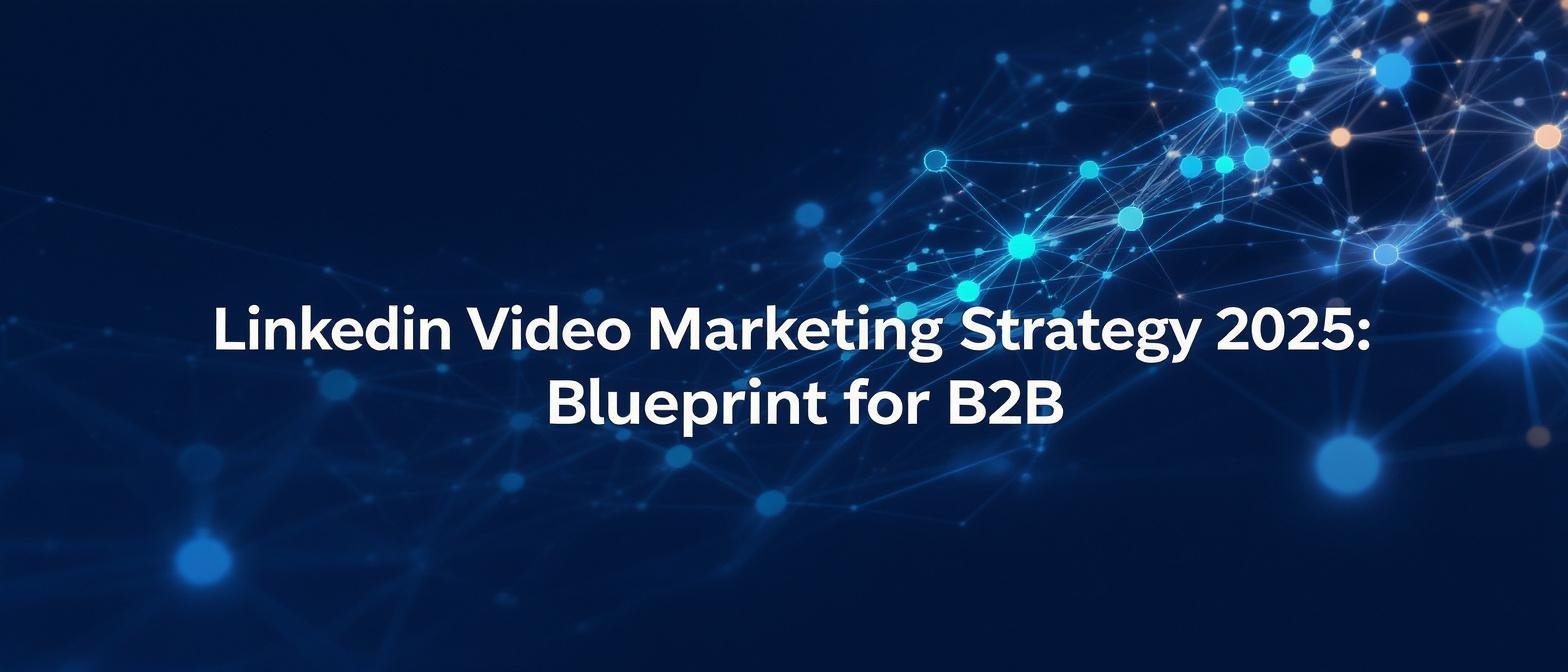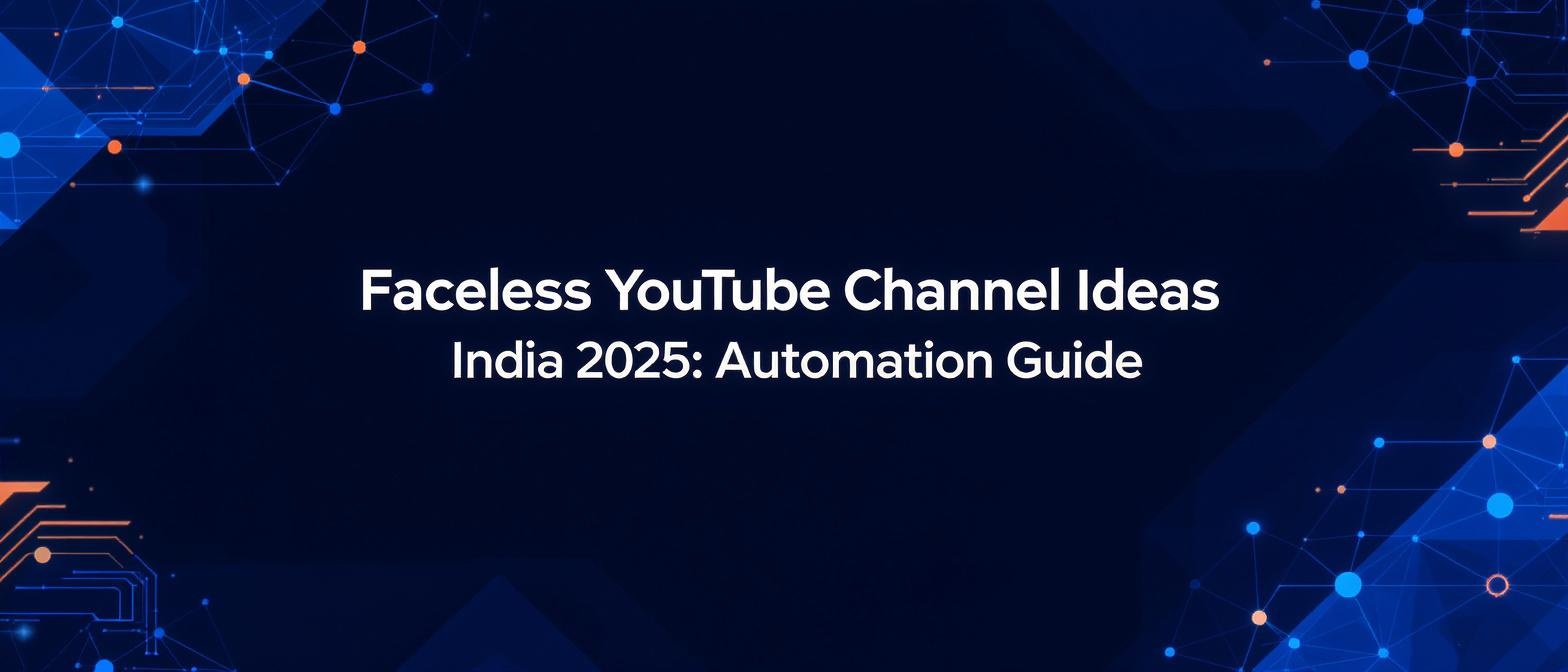The Ultimate Guide to AI Video Creation for Education in 2025: Strategy, ROI, and Ethical Implementation
Estimated reading time: ~10 minutes
Key Takeaways
- AI video creation drives more engaging, personalized learning experiences at scale
- Significant production cost and time savings can boost ROI for corporate training
- Ethical implementation ensures trust and authenticity in educational content
- Adaptive AI-driven workflows streamline updates and localization efforts
The world of education and corporate training is facing a paradigm shift. The demand for scalable, engaging, and cost-effective learning content has never been higher, yet traditional video production remains a bottleneck of time, resources, and complexity. Enter the disruptive force of Artificial Intelligence. As we head into 2025, the AI in education market is projected to skyrocket to $8.30 billion, a clear signal that the revolution is already here. This guide provides a comprehensive blueprint for leveraging AI video creation, moving beyond simple tactics to build a robust strategy that enhances learning outcomes, delivers measurable ROI, and navigates the critical ethical landscape.
Within this guide, you won't just learn how to create educational videos with AI; you'll discover how to strategically integrate AI avatars and automated workflows to build the future of learning for your organization. We will unpack the core components of AI video technology, provide a step-by-step workflow for creating high-impact content, and explore the future trends that will define the next wave of digital education.
Part 1: The Strategic Imperative for AI in Education
For decades, the primary metrics for educational video have been engagement and completion rates. While important, these are table stakes in the modern learning environment. AI video creation tools are not merely a way to produce content faster; they are a catalyst for a new, more effective pedagogy and a powerful driver of business value.
Beyond Engagement: The New Pedagogy of AI-Driven Learning
Traditional video is a one-to-many, static medium. AI introduces the potential for a one-to-one, dynamic experience at an infinite scale. The new pedagogy enabled by AI focuses on:
- Personalized Learning Paths: Imagine a compliance training video that adapts its scenarios based on an employee’s role, geography, or past performance. AI can generate dozens of video variations from a single script, ensuring the content is always relevant to the individual learner.
- Knowledge Reinforcement: AI can create micro-learning videos on demand to reinforce key concepts. If a learner struggles with a specific module in a course, an AI system can instantly generate a short, personalized explainer video to help them overcome the hurdle.
- Accessibility and Inclusion: The ability to generate video content in multiple languages with accurate lip-syncing and subtitles breaks down communication barriers, making learning accessible to a global workforce or student body.
This shift moves learning from a passive consumption model to an active, adaptive, and inclusive experience, which is a core objective for modern instructional design.
The Business Case: Unpacking the ROI of AI Video in Corporate Training
In the corporate world, Learning and Development (L&D) is often viewed as a cost center. AI video creation flips the script, turning L&D into a demonstrable value driver. A 2025 report from the Content Marketing Institute revealed that 61% of B2B organizations plan to increase their investment in video, and AI is the key to maximizing the return on that investment.
The ROI of AI in corporate training is multifaceted:
- Drastic Reduction in Production Costs & Time: Traditional video shoots involve cameras, crews, studios, actors, and lengthy post-production cycles. An AI video can be generated from a script in minutes, reducing production costs by up to 90%.
- Unprecedented Scalability: Need to update a training module for a new product feature or regulation? Instead of a costly reshoot, you can simply edit the script and regenerate the video in minutes. This agility is impossible with traditional methods.
- Enhanced Learner Retention and Performance: Engaging, personalized content leads to better knowledge retention. Better retention translates directly to improved job performance, fewer errors, and higher productivity—all of which have a direct impact on the bottom line.
- Localization at Scale: Entering a new global market? AI can translate and produce your entire training library in a new language in a fraction of the time and cost of traditional dubbing and editing.
Solutions like Studio by TrueFan AI demonstrate ROI through their hyper-efficient workflow. An L&D manager can go from a finalized script for a new HR policy to a professionally-narrated video, localized for five different global offices, in under an hour. The cost savings on production and the speed of deployment deliver an immediate and obvious return.
Part 2: The Core Components of AI Video Creation
To effectively leverage these platforms, it’s crucial to understand the technology working behind the scenes. While the user experience is often simple, the underlying components are incredibly sophisticated.
The Anatomy of an AI Video Platform
Most modern AI video generators are built on three technological pillars: AI avatars, voice cloning, and automated editing workflows.
-
AI Avatars: From CGI to Digital Twins of Real People
The most visible component of AI video is the avatar. Early iterations were often robotic and fell into the “uncanny valley.” However, the 2025 standard is photorealistic digital twins created from real, licensed human actors. This approach ensures a higher degree of realism and, critically, an ethical foundation. These avatars can deliver scripts with natural expressions and movements, creating a believable and engaging presence. -
Voice Cloning: The Nuances of Tone, Inflection, and Trust
A realistic avatar is only half the equation. The voice must be equally convincing. Advanced AI voice cloning technology analyzes a few seconds of audio to replicate a human voice with stunning accuracy, capturing the unique tone, cadence, and inflection. The best platforms use professionally sourced voices to ensure high-quality, clear, and trustworthy narration for educational content. -
Automated Workflows: Script-to-Screen in Minutes, Not Months
The true magic is how these elements are combined. You provide a script, choose an avatar and a voice, and the platform handles the rest. The AI analyzes the text, generates the speech, animates the avatar’s facial movements and lip-sync, and renders the final video. This entire process, which once took weeks, is now completed in minutes. Studio by TrueFan AI's 175+ language support and AI avatars exemplify this power, allowing a single piece of content to be instantly transformed for a diverse, global audience without any manual editing or translation work.
Part 3: The Ultimate 7-Step Workflow for Creating High-Impact Educational Videos
Having the tools is one thing; using them effectively is another. A strategic workflow ensures your AI-generated videos are not just technically proficient but also pedagogically sound and impactful.
Step 1: Foundational Strategy (Audience, Learning Objectives, KPIs)
Before you write a single word, define your goals.
- Audience: Who are you teaching? What is their prior knowledge? What is their motivation?
- Learning Objectives: What should the learner be able to do after watching the video? Use action verbs (e.g., “Describe,” “Analyze,” “Implement”).
- KPIs: How will you measure success? Is it course completion rate, a quiz score, a reduction in support tickets, or a performance improvement metric?
Step 2: Intelligent Scripting & Instructional Design with AI
Your script is the foundation of your video. Keep it concise, clear, and conversational. Use AI writing assistants to help you brainstorm ideas or simplify complex topics, but always apply the principles of good instructional design. For a deeper dive into these principles, the Association for Talent Development (ATD) is an excellent resource. Break down your content into logical chunks, use storytelling, and write for the ear, not the eye.
Step 3: Choosing the Right AI Avatar and Voice (Authenticity is Key)
Select an avatar that your audience can relate to. The choice of attire, age, and demeanor should align with your subject matter and brand. The voice should be clear, trustworthy, and match the tone of your content—whether it’s authoritative and formal for compliance training or friendly and encouraging for a software tutorial.
Step 4: The Generation Process: Prompts, Platforms, and Production
This is where the platform does the heavy lifting. Paste your script, select your avatar and voice, and generate the video. Review the output for any awkward pauses or mispronunciations of technical jargon. Most platforms allow you to use phonetic spelling to correct these minor errors easily.
Step 5: The Human Touch: Editing, Branding, and Quality Assurance
While AI automates production, a human touch adds polish. Use the platform’s built-in editor to:
- Add your company’s logo and branding.
- Incorporate on-screen text, callouts, and graphics to emphasize key points.
- Insert background music to set the tone.
- Add b-roll footage or screen recordings to provide context and visual interest.
Step 6: Enhancing Learning with Interactivity
Don’t just create a video; create a learning experience. Use your Learning Management System (LMS) or other tools to embed interactive elements around your AI-generated video. Follow up a video module with a short quiz, a reflective question, or a branching scenario that requires the learner to apply the knowledge they just gained. This active engagement dramatically increases retention.
Step 7: Deployment, Distribution, and Measuring Effectiveness
Deploy the video through your chosen channels—be it an LMS, an internal portal, or a public platform like YouTube. Circle back to the KPIs you defined in Step 1. Use the analytics to see where viewers drop off, which sections they re-watch, and how they perform on related assessments. Use this data to refine and improve your future video content.
Part 4: Navigating the Ethical Landscape of AI Video
The power of AI video creation comes with a profound responsibility. As the technology becomes indistinguishable from reality, the potential for misuse grows. Building trust with your learners requires a proactive and transparent approach to the ethical considerations.
The Deepfake Dilemma: Why Consent and Licensing are Non-Negotiable
The term “deepfake” carries a negative connotation for a reason. Using someone’s likeness without their permission is a serious ethical and legal breach. For educational content, which is built on a foundation of trust, this is simply unacceptable. As Gartner predicts, authenticating content will become a major priority for enterprises.
The only acceptable model for creating educational content with AI avatars is one based on explicit consent and fair compensation. This means the individuals whose faces and voices are used have willingly licensed their likeness for this purpose.
Best Practices for Transparency and Authenticity
- Disclose the Use of AI: A simple, non-intrusive watermark or a statement at the beginning of a course (“This course is presented by an AI instructor”) can build trust through transparency.
- Choose Ethical Platforms: Partner with AI video providers who are transparent about their technology and can verify that their avatars and voices are fully licensed and ethically sourced. Look for platforms with robust content moderation policies.
- Focus on the Message: The avatar is a vehicle for the message. The true value and authenticity of your content come from the quality of your script, the expertise behind it, and its effectiveness in helping the learner achieve their goals.
Part 5: The 2025 Horizon: Future Trends in AI Educational Video
The technology is evolving at a breathtaking pace. What seems cutting-edge today will be standard tomorrow. Staying ahead of the curve means understanding the trends that will shape the future of AI in education.
Trend 1: Hyper-Personalization and Adaptive Learning Paths
Future AI systems will go beyond simply inserting a user’s name. They will dynamically assemble video content based on a learner’s real-time progress, creating a truly adaptive learning journey. If a learner aces a quiz on a topic, the system might skip the next remedial video and move to an advanced concept.
Trend 2: Generative AI for Dynamic B-Roll and Scenarios
Imagine describing a scene in your script, and the AI generates custom b-roll footage to match it. Or creating a complex customer service simulation where the AI avatar’s responses and the visual background change based on the learner’s choices. This level of dynamic, generative content will make learning more immersive and realistic than ever before.
Trend 3: The Rise of Interactive AI Tutors and Virtual Mentors
The line between video and chatbot will blur. Learners will be able to ask their AI instructor questions directly and receive a spoken, video-based response in real-time. These AI tutors will provide instant support, 24/7, acting as a personal guide through the learning material. Platforms like Studio by TrueFan AI enable this future by building the foundational technology—APIs, fast rendering, and high-quality avatars—that can be integrated into more complex, interactive learning systems.
Part 6: Frequently Asked Questions (FAQ)
Q1: How do you ensure the ethical use of AI avatars in educational content?
This is the most critical question. The key is to use platforms that operate on a “consent-first” model. This means the real people who form the basis of the AI avatars have given explicit permission and are fairly compensated. For example, platforms like Studio by TrueFan AI solve this by using licensed digital twins of real influencers and actors, ensuring the entire process is transparent and ethical from the ground up. Always avoid platforms that use scraped data or cannot verify the origin of their avatars.
Q2: What is the real ROI of using AI video creation vs. traditional methods?
The ROI is significant and can be measured in several ways:
- Cost Reduction: Savings of 70-90% on production costs per video.
- Speed & Agility: Reducing production timelines from weeks or months to hours or minutes. This allows you to keep content current and respond quickly to business needs.
- Increased Employee Performance: Better, more accessible training leads to fewer mistakes, higher productivity, and improved KPIs.
- Scalability: The cost to produce 100 videos is not 100x the cost of one video, allowing you to build a comprehensive learning library for a fraction of the traditional cost.
Q3: Can AI-generated videos truly be as engaging as human-led instruction?
Yes, and in some cases, even more so. While AI can’t replicate the spontaneous charisma of a live instructor, it offers other advantages. AI avatars are always perfectly on-script, never have a bad day, and can present complex information with flawless clarity. Furthermore, the ability to personalize content and present it in the learner’s native language can create a level of connection and understanding that a single, English-speaking instructor cannot. The key is a well-written script that is conversational and engaging.
Q4: How does AI handle complex subject matter and technical terminology?
Modern AI voice engines are remarkably adept at handling complex language. Most platforms have a feature that allows you to provide phonetic spellings for proprietary terms, acronyms, or complex jargon to ensure perfect pronunciation. For highly technical demonstrations, the best practice is to combine the AI avatar (for the narration) with screen recordings or detailed diagrams (as b-roll) to provide clear, visual context.
Q5: What are the key security considerations when using an AI video platform?
Security is paramount, especially when dealing with proprietary training materials. When choosing a platform, look for enterprise-grade security credentials. Ask if the platform is compliant with standards like SOC 2 or ISO 27001, as this indicates they have rigorous controls in place to protect your data. Ensure they have a clear privacy policy and robust content moderation to prevent misuse of the platform.
Conclusion: The Dawn of a New Era in Learning
AI video creation is no longer a futuristic novelty; it is a practical, powerful, and essential tool for modern educators and L&D professionals. By moving beyond the simple “how-to” and embracing a strategic approach, you can unlock unprecedented efficiency, scale, and pedagogical impact.
The journey begins with understanding the strategic imperative, mastering the core technology, and committing to an ethical, transparent workflow. The future of learning will not be about replacing human instructors but about empowering them with tools that handle the repetitive, scale the unreachable, and personalize the previously generic. By embracing AI video creation today, you are not just making videos; you are building a more intelligent, accessible, and effective learning ecosystem for tomorrow.




